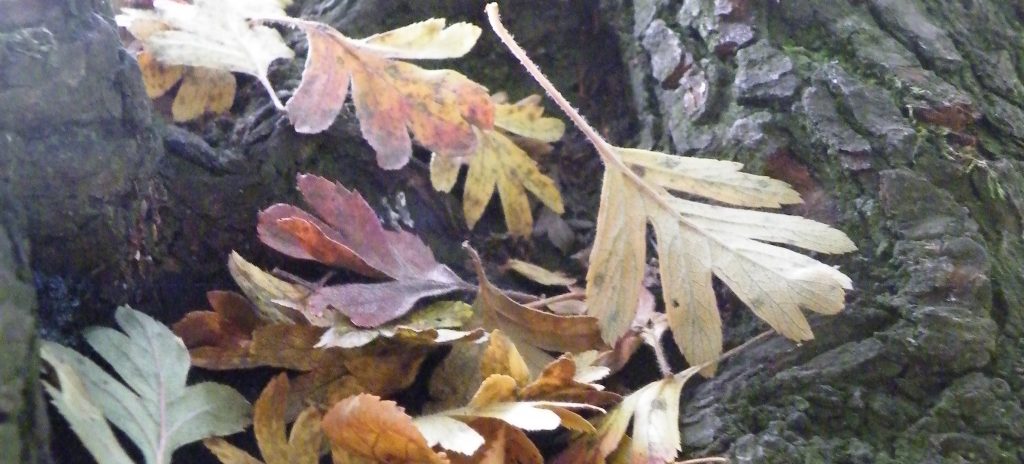
Nature and wildlife in Locke Park.
The 47 acres of Barnsley’s Locke Park, only a mile from Barnsley’s town centre, are a haven for wildlife. Locke Park connects to allotments, gardens and open fields in a large expanse of green belt to the south, linking to the countryside of the Dove valley. A variety of wildlife can be found in the park as a result.
Locke Park is fortunate in the number of different trees it contains: 26 different genus of tree and 67 different species, including special hawthorn ‘champion tree’ species. The trees that line the footpaths include beech, ash, lime, horse chestnut, sycamore and maple. There are areas of oaks, willow and of scots pine and birch. Oak, ash and willow are particularly important for the range of insects and other invertebrates that they support.
The wooded and grassland areas in the Park as well as the plantings of shrubs and flower beds, provide valuable habitats for birds, bats and small mammals, as well as butterflies and other insects.
Enjoy watching the squirrels. Look out for hedgehogs, bats and tawny owls as dusk falls. Spot nuthatches and treecreepers during the day as well as blue tits, great tits, house sparrows and dunnocks; a kestrel can sometimes be seen hovering over longer areas of grass. In the summer, swallows, house martins and swifts swoop overhead; in winter months, fieldfares, redwings and other thrushes, as well as starlings, can be seen in the fields as well as feeding on the berries.
As in your gardens, a number of features can attract and support wildlife.
– nest boxes to suit different birds and roosting boxes for bats;
– bug and bee ‘hotels’
– areas of longer grass and shorter grass
– areas with wildflowers
– flowering shrubs and bushes with berries
– bare soil and leaf mould
– dense shrubberies for shelter and nesting sites
– flowering plants that support butterflies, moths and other invertebrates
… … …
